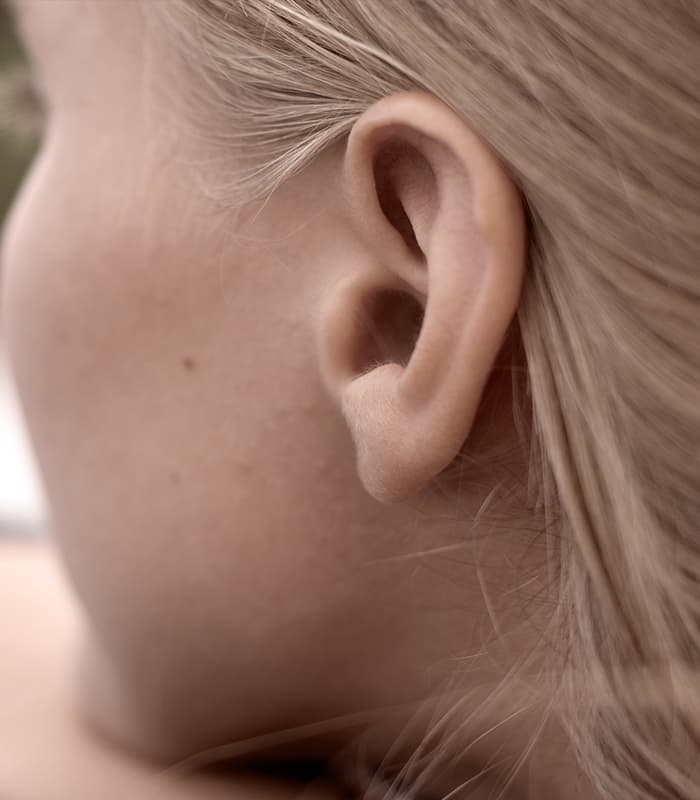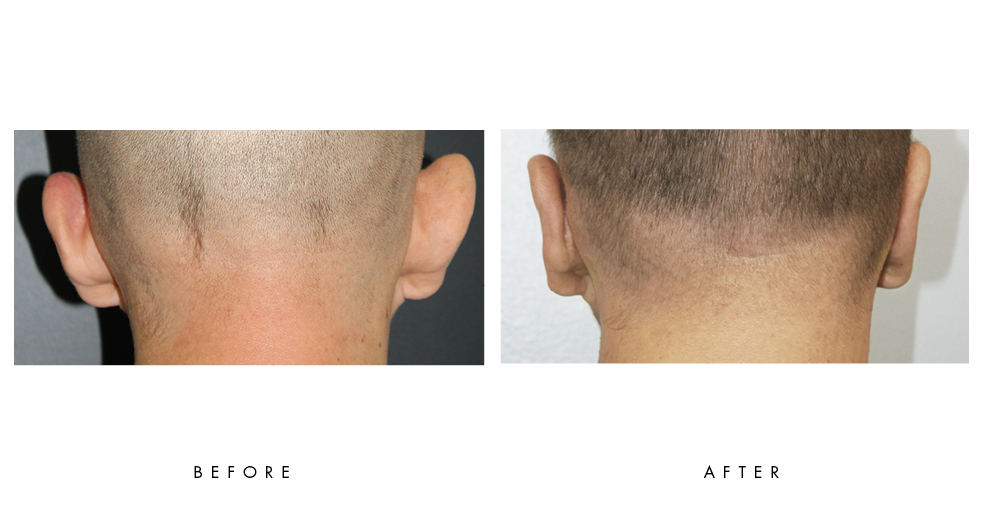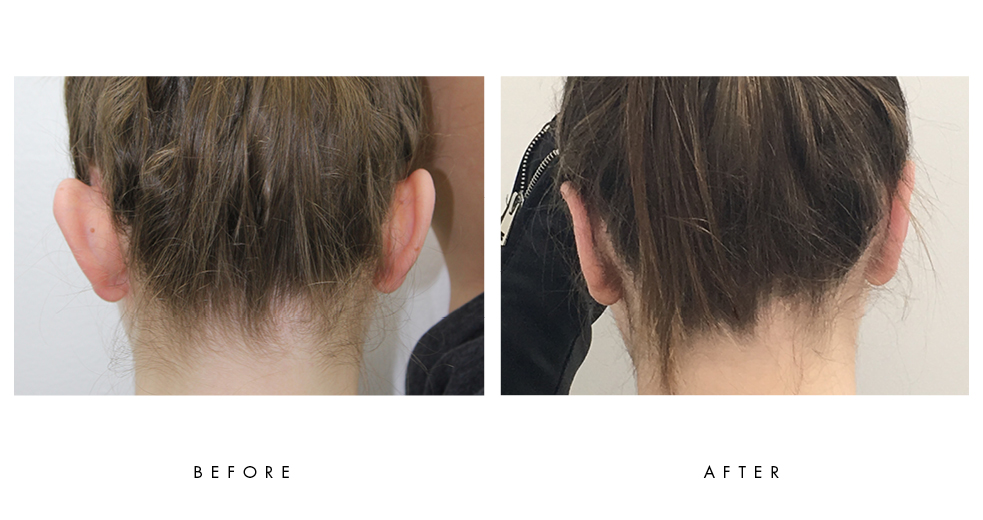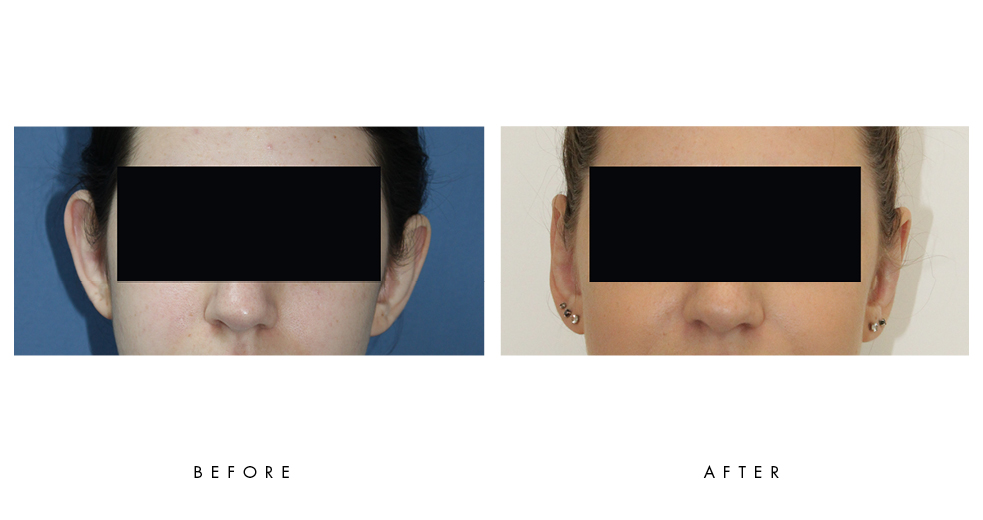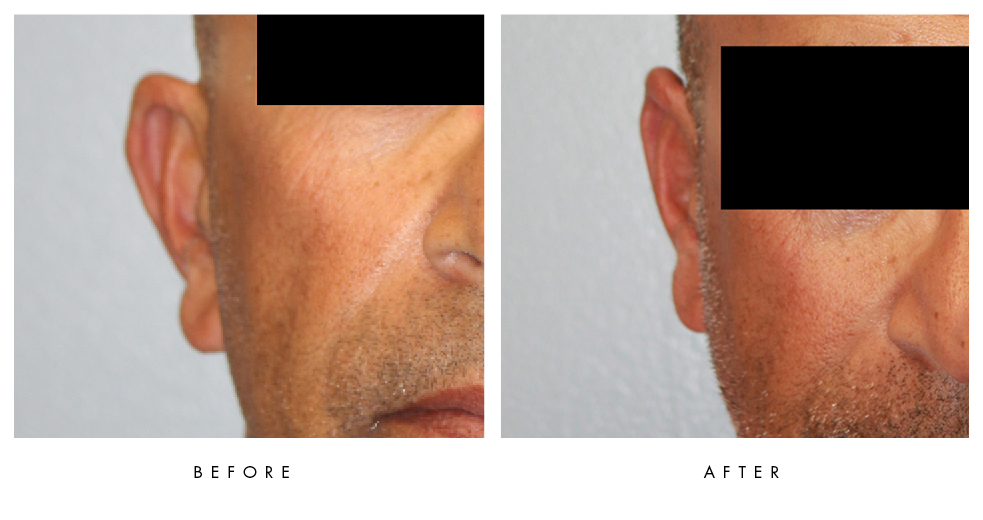FACIAL SURGERY /
Ear Surgery
Table of Contents
What is otoplasty (ear surgery)?
Otoplasty, also known as ear surgery, is a surgical procedure used to improve the position and proportions of the outer ears.
Advantages of Otoplasty
The procedure involves pinning the ears closer to the scalp such that they no longer protrude outwards.
Who is a good candidate for otoplasty?
- If you feel that your ears protrude too far and it makes you uncomfortable or affects your self-image.
- If you feel that your ears are too big or that there is some asymmetry between the two ears that makes you uncomfortable.
- The procedure can be performed on patients ages 6 years and up.
- If your child is being teased for their ears and your child has independently expressed a desire to change the appearance of their ears.
Otoplasty Consultation
During the consultation, we will get to know one another and we will discuss:
- The reasons you are interested in undergoing otoplasty, what expectations you have, what results you are looking to achieve and what can be done realistically to improve the appearance of your ears. (By coordinating expectations, we can increase your satisfaction and alleviate any anxiety you may have regarding the procedure.)
- Your medical history, including any drug sensitivities you might have or what medication, if any, you take regularly and whether or not you smoke cigarettes.
- During the consult, you will undergo an examination of your ears. You will receive a comprehensive explanation regarding the procedure, where the scars will be located and the recovery process.
- It is natural to feel anxious or excited prior to our consultation. Understanding the process will help reduce anxiety. You are welcome to ask any questions you may have and discuss any worries during the consultation.
How do I prepare for the procedure?
- We ask that you have blood tests prior to the procedure.
- In the event that you are taking medication on a regular basis, we will determine if it should be adjusted for the procedure.
- Avoid taking blood-thinning medications such as aspirin for the two weeks leading up to the procedure and avoid taking anti-inflammatory medications such as Nurofen, vitamin E and Omega 3 for two weeks prior to the procedure as they can increase the risk of bleeding.
- Cigarette smoking must be stopped at least one month prior to the procedure.
- Please arrange for a companion (friend/family member) to pick you up from the hospital after the procedure and to stay with you for at least one night following the procedure.
Steps of Otoplasty
Step 1: Anesthesia
The procedure is performed either under local or general anaesthesia. The doctor will recommend which option is better tailored to you.
Step 2: The Incision
The incision is made on the back of the outer ear.
- The procedure involves modification of cartilage as well as suturing in order to fold the ears back and bring them closer to the scalp. In certain cases, some cartilage will be removed.
- When reducing the size of the ear, an incision is made at the front to make the outer ear or earlobe smaller.
Step 3: Suturing the incisions
The incisions will be closed in layers using dissolvable stitches. There is no need to have them removed.
Step 4: Results
The results are immediate however the final outcome will be apparent only after a number of months, once all of the swellings in the area has gone down.
What should I expect from the recovery process?
- A large dressing will be kept on the head for the first week after the procedure in order to prevent swelling and protect the ears.
- Following the procedure, you will be transferred to recovery and you will be able to return home within a few hours (in the event that you are feeling well and you are physically able to return home).
- In the event that you wish to remain in the hospital for a night, we can arrange that.
- Prior to being discharged, you will receive postoperative instructions.
- There can be some discomfort that will be treated with pain medication. In addition, some patients find the dressing to be somewhat itchy.
- Avoid athletic activities during the first 6 weeks after the procedure with the exception of walking.
- You may take pain medication according to the detailed postoperative instructions you receive. Most patients take pain medication for 2-6 days following the procedure.
- Update your physician regarding any changes in your health status.
- Postoperative follow-up visits will be scheduled during the first month, 3 months, 6 months and 12 months after the procedure.



